I’ve been blogging since 2009, and along the way I’ve had to teach myself everything about good photography. I started off with a point-and-shoot camera (lots of great tips here if that’s what you have, too!) and zero idea what I was doing. Now, I shoot fully in manual and have built up my arsenal of must-have photography supplies over the years.
You can click the items in the picture above to check out anything on the list. Below is a list of the photography supplies I can’t live without, as well as a little bit of explanation so that you know what the heck you’re getting into! This post does contain some affiliate links, but I own and love all these products! Questions? Leave me a comment!
12 Essential Photography Supplies
1. UV Lens Filters
Lens filters can range dramatically in price depending on the function you’re looking for, but for a beginner-level or hobby photography, you really just need a lens filter to protect your actual lens. It’s a little glass screen that screws onto the front of your lens. That way, if anything gets scratched, it’s the $8 filter and not the $800 lens!
2. & 11. 50mm Prime Lens
I love this lens so much, I included two versions in my list! Both my lenses are fixed, so they don’t zoom at all. But you get a lot more bang for your buck with these! All the lenses I list in this post have a nice, wide aperture for beautiful, crisp foreground, and wonderfully soft backgrounds. That also enables you to shoot in lower light at faster shutter speeds.
No idea what I’m talking about? Learn more about aperture and shutter speed.
- 50mm 1.8f – This is commonly known as the “nifty fifty.” It’s a fantastic prime lens for a little over $100. Yes, $100! Depending on how you shoot, you might never even take this lens off the camera. You can take great portraits or get beautiful bokeh in your shots. I used this lens exclusively for years.
- 50mm 1.4f – This is the lens on my camera most of the time now. I honestly would have stuck with the 1.8f indefinitely, but I broke it (SUPER sad day!). The 1.4 is metal instead of plastic, so it has a little bit more weight and durability to it, and it takes gorgeous pictures with the aperture wide open!
3. DSLR Camera Body
I’m including two camera bodies here because I’ve shot with both, and the first one is A LOT more affordable. It’s a great, great starter camera and has pretty much all the functionality you’re probably looking for at a really manageable price tag. Unless it’s the same price, I recommend buying the body only and picking up lenses separately. I have a couple recommendations in this post.
- Canon Rebel T5i – At the time of publication, this camera body runs $599 on Amazon with the kit lens (18-55mm). I shot on the T3i for about four years before upgrading late last year, and it was fantastic. It’s a crop frame (or crop sensor) camera, which just means that the camera captures a slightly smaller field in a photo than a full frame (or full sensor) camera. Especially if you’re just starting out, you probably won’t need anything more than this, and the lightweight body is really easy to lug around!
- Canon 6D – The 6D is a more mid-professional range camera. It’s full frame, so you can get more photo area with any lens, which makes an especially significant difference when shooting with a 50mm lens. It has WiFi, which I use constantly along with the camera’s app, either to shoot remotely or to upload pictures directly from the camera to my phone. This body is a good bit heavier than the Rebel cameras but is really sturdy and well-encased. But all that comes with a higher price tag — $1,399 at the time of publication.
4. Memory Card
Unless you’re planning to shoot a lot of video, you can get away with a basic SD card. I do, however, recommend getting a card with 32 or 64 gigs of storage space so that you never run out of room.
Also a good idea? Keep a spare card in your camera bag so that you don’t find yourself on a trip or in the middle of a project with no card in your camera. Ask me how I know that…
5. White Balance Card
It’s good to know how to set the custom white balance on your camera so that you can get really true-to-color shots no matter what sort of light you’re shooting in. You can use any “true white” surface — even a sheet of paper — to calibrate, but it’s nice to have a white balance card in your camera bag. It’s sturdy and can tie onto your bag for easy access. It also has a black and neutral grey card with it, but I’ve honestly never used those two.
6. Reflectors
Using reflectors completely changed my photography. Completely. You can hold or prop a reflector to bounce light from a window or other light source, and it instantly erases harsh shadows and uneven lighting. You want to get everything as perfect as possible before you get to the editing phase so that you’re only doing minor touch-ups, and getting the lighting right makes all the difference in the world!
You can also use white foamcore to bounce and reflect light. Bonus: it doubles as a great background for your photos. Here’s a cheap, easy tutorial to create a folding “photo studio” out of it!
Learn a bit more about using reflectors and light-bouncing here.
7. Dust Blower
You spent a bunch of money on your lens(es), so take good care of them and treat them right! Before you wipe the lens, use a blower to puff any specks of dust or other fragments on the surface. Otherwise, wiping will actually rub those particles around the lens causing tiny, tiny scratches. No bueno, guys.
You can also use canned air for this, and canned air is sort of awesome, right?
8. 35mm Prime Lens
I had a real “treat yo’ self” moment when I turned 30 this year. I went crazy and finally invested in a new lens, and now I’m pretty much obsessed with it.
9. Tripod
You must, must, must have a tripod if you’re going to be taking your photography seriously at all.
Why? Let me give you three reasons: 1. If you’re a blogger, you’re probably going to need to take pictures with yourself (even just your hands!) in the shot at some point. 2. If you ever want to shoot in low light or with a slower shutter speed, shaky hands will mess up every shot. 3. Shooting at strange angles or very low or high heights can make it difficult to replicate a shot for multiple images if you want to take a break in between shots or shoot on multiple days.
- Basic lightweight tripod – I used this $20 tripod for four years before finally upgrading, and it served me faithfully along the way. It’s relatively versatile, but when I upgraded to a heavier camera body, I worried about the tripod tipping over. It also limits the range of angles you can get compared to the tripod I have now.
- Lateral arm tripod – This is definitely an investment piece, but now that I own it, I can’t remember how I survived without it! This tripod is heavier duty and A LOT more versatile. It has a ball joint, so the camera can swivel to just about any angle. You can also use the lateral arm to shoot straight down, which is a lifesaver for shots like these. The legs also move independently, so it’s easier to fit into tight spaces. If you’re going to use the lateral arm function to shoot straight down, you need to counter-weight the arm to keep the camera from tipping forward. There’s a hook on the other side, and you can hang something heavy, like a bag of books or photography sandbags.
10. Microfiber Cleaning Cloth
After you blow the dust off your lens, you can use a soft, lint-free microfiber cloth to wipe off any fingerprints, smudges, or water droplets. Just be sure to keep the cloth clean, too, or you’ll rub in more dust!
12. Wireless Remote Control
A remote allows you to take pictures of yourself without having to click the 10-second timer and sprint across the room. We talk a lot more about how to use a remote for great selfies in this post.
It’s also great for shots in low light or a slow shutter speed to reduce camera shake.
13. Lens Cleaning Wipes
I usually just use my dust blower and microfiber cloth to clean my lenses, but these alcohol swabs are really convenient to throw in a camera bag and use in a pinch. They’re soft to prevent scratches, and the alcohol evaporates really quickly without leaving residue on the lens.
Bonus: They’re great for cleaning your glasses, phone, and computer screen, too!
Choose Your Own Adventure – Click One!
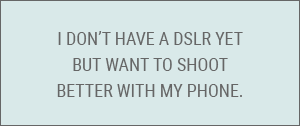 |
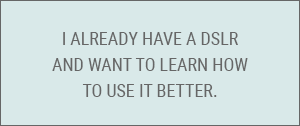 |

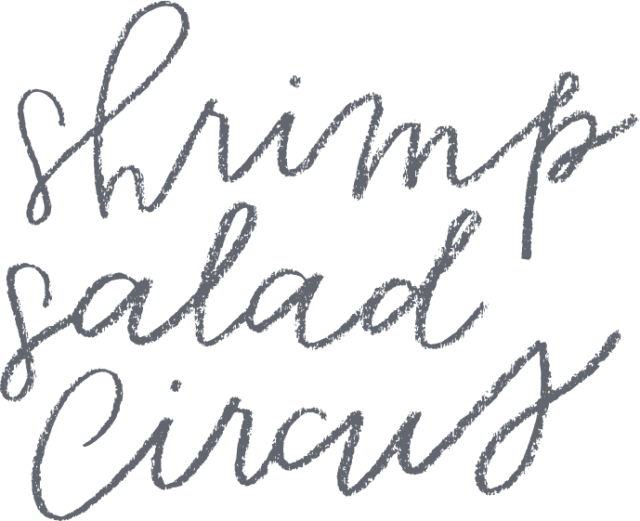



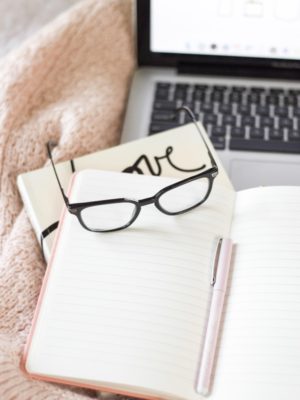
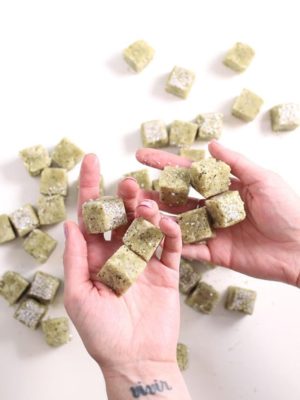
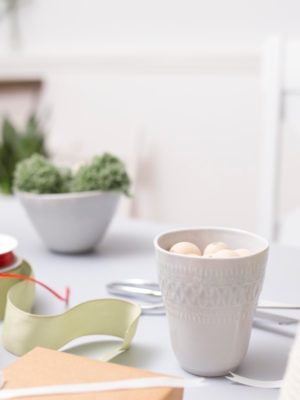
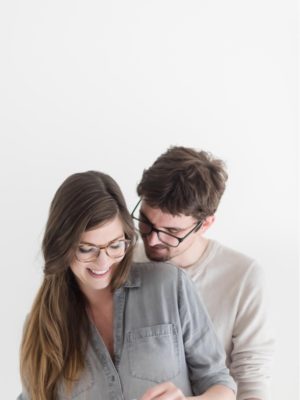
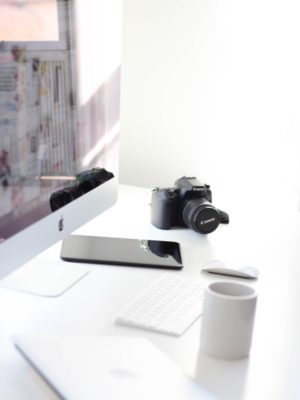
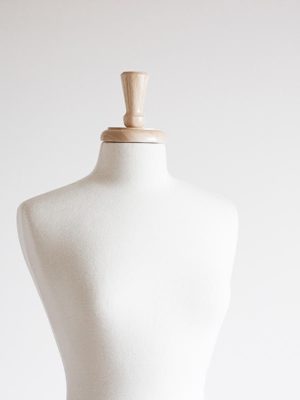

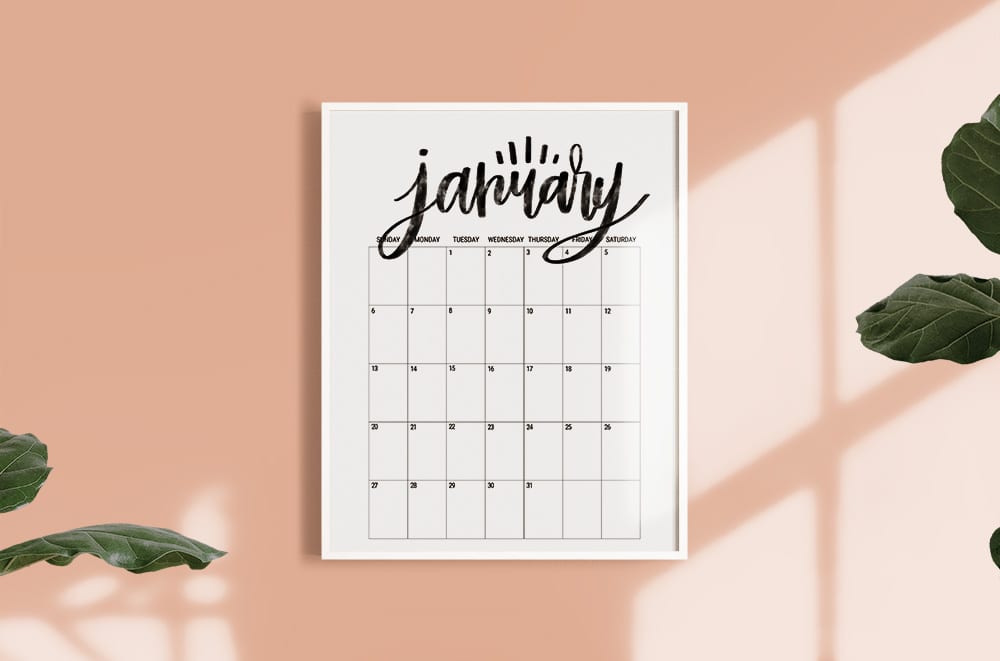
The developers of roller baller have meticulously crafted each level, incorporating realistic elements such as ramps, loops, and narrow pathways to test players’ abilities.
Thanks for all the Great information!
I love this site
Thanks for the info. Just FYI #11 is missing. ?
Thanks, Layken! Two and 11 are listed together. 🙂
This is such a resourceful post, pinning this for reference!
Thanks for sharing your experiences with us:)
This is fantastic. Bookmarking to reference later and sharing!
Great tips and a good round-up of gear! I could stand to add a few of these to my arsenal over here. And you know I love me that 50mm f1.4!
Thanks for this great list! Now I’m adding that tripod to my wish list!
I have learnt so much with this post! Thank you for sharing your tips
Chloe
http://www.cloclocreative.com
I’ve been needing a new tripod, so I’ll definitely check out your suggestions! Have you ever used a Gorillapod and know any pros and cons with that compared to the tripods you have?
Julia
https://www.bloglovin.com/blogs/philly-with-a-fjallraven-philly-photography-14621583
Ooh, coveting that lateral arm tripod so hard. It would be way better than climbing on stools to try to shoot straight down, which is what I do now. Thanks for the tips!
Great post! I’m so happy that UV filters was first on the list because a lot of new photographers forget to get them and they really are so important for protecting your lenses as well as helping diminish chromatic aberration. Great list!
Such a good set up to have. I’m a photographer and have taken photos for fashion bloggers before and this is similar to my set up for when I work with them! Love hearing your take on why these are the best pieces to have!
Wonderful tips! I’m just really getting into blogging for my business, so this is super helpful!
This post is seriously golden! I just upgraded my camera a few weeks ago and have been thinking about what lenses I should get and other things that will take my photography to the next level… so I really appreciate this!
Paige
http://thehappyflammily.com